Laws and Process
Laws
The basis for Transition Planning and Services is the Federal Individuals with Disabilities Education Act (IDEA). Here is an overview of the law and what it means for students around the issue of transition:
- Transition planning is meant to help students progress into the world of adulthood. There are many aspects of adulthood – education and work, of course, but also the ability to live as independently as possible, and participate in the community. Transition Planning and Services addresses each aspect of adulthood.
- In Maryland, Transition Planning and Services must begin in the school year when the student turns 14 years of age, or younger if appropriate.
- Transition planning is included as part of the student’s Individualized Education Program (IEP). Starting at age 14, the student is a full member of the IEP team. Consequently, the student must always be invited to IEP meetings that include discussions around her transition planning.
- Transition Planning and Services, like other sections of the IEP, must be individualized for the student. Transition planning should always be based on the student’s needs, interests and preferences.
- According to the law, transition planning is “a coordinated set of activities” – the IEP team works collaboratively and with other service providers to plan and implement all the parts of the process.
- Young adults are entitled to Transition Planning and Services through the school year when they turn 21, as part of their free appropriate public education (see more below).
While formal Transition Planning and Services must begin for Maryland students when they reach age 14, schools and families can start supporting transition planning as early as kindergarten. Learn more in the Transition Timelines*.
Process
Members of the IEP team – including the student and her family – work together to develop realistic, post-school, long-term goals based on the student’s needs, interests and preferences. The IEP team then looks at where the child is now (also known as the student’s “present levels of performance”) and then develops short-term goals and selects and implements supports to help her reach long-term goals.
Some of the key elements of the process include:
- Ongoing and age-appropriate assessments – the IEP team must always know where the child is now in all areas of her life (relating to education, employment and independent living skills) so it can help plan for her future.
- Helping the student to know herself better and to build self-determination and self-advocacy skills that will enable her to address her needs and preferences – both now and later.
- Improving the student’s academic and functional achievement in all areas.
- Providing a wide range of training and experiences that will help prepare her for all areas of adulthood.
- Connecting the student with college, training options and employment opportunities in the community.
- Connecting the student with relevant adult service providers.
What all these legal terms mean:
Like other aspects of Special Education, transition planning comes with its own language. Many of these terms may be familiar to you, but some may not. Here are some of the most commonly used terms and their meanings:
- An IEP (Individualized Education Program) is developed by the IEP team to address the academic and functional needs of a child between the ages of 5-21with a disability.
- Transition Planning is documented in a section of the IEP that describes the actions needed to help the student make a successful transition to adulthood.
- Postsecondary refers to the time period just after high school. It is generally used to describe additional education and/or training that a student might receive for a career, independent living and community participation.
- The Maryland High School Diploma and the Maryland High School Certificate of Program Completion – In Maryland, a student receives a diploma if she has completed all of the necessary requirements (course credits, student service, passing necessary state tests). Students receive a certificate if either: they have completed four years of school beyond grade 8 and have been determined by their IEP team to be ready to enter the world of work and to act as responsible citizens; or they will reach the age of 21 by the end of the current school year.
- Entitlement and Eligibility – In Maryland, a student who receives special education services is entitled to a free and appropriate education through the school year in which she turns 21 (IDEA) or has met the requirements for a Maryland high school diploma or certificate. Once a student exits school, she must meet the eligibility criteria (and funding must be available) in order to receive assistance from adult service agencies. A young adult becomes eligible for adult services, but she is no longer guaranteed those services in the same ways she was guaranteed an education through the age of 21 or upon receiving her diploma or certificate.
- Adult Services – There are several State agencies that may provide or purchase services to enable the young adult to be as independent as possible. These agencies have very specific eligibility criteria.
- Maryland Developmental Disabilities Administration (DDA)
- Division of Rehabilitative Services/Maryland State Department of Education (DORS)
- Parent Training and Information Center (PTI) – Every state in the United States has a PTI, which helps provide training for parents of students with disabilities. These can be great resources for you to share with families. The PTI for Maryland is the Parents’ Place of Maryland.
* This pdf is not 100% accessible and is not a required resource.



